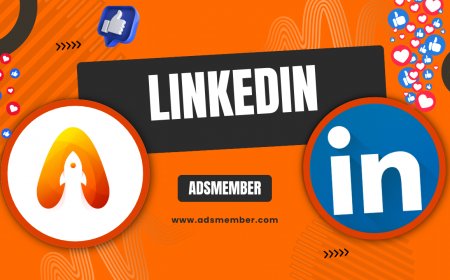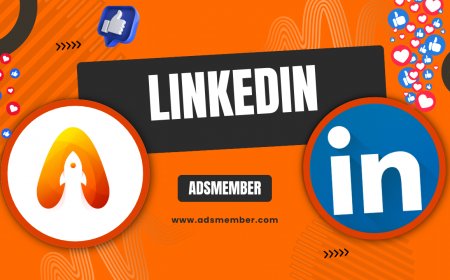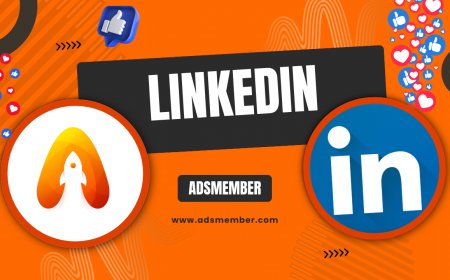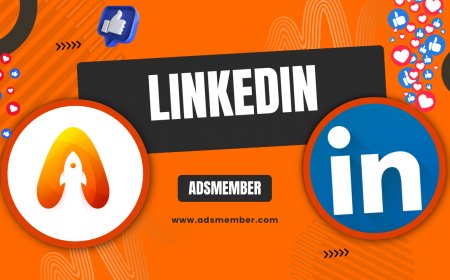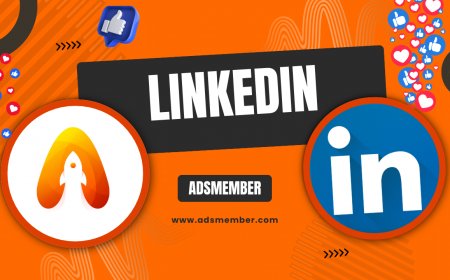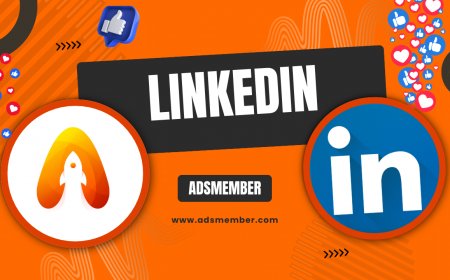How to Use a LinkedIn Scraper for Lead Generation Success
Discover how a LinkedIn scraper can boost lead generation with data extraction tips, ethical practices, and unique strategies for B2B success.
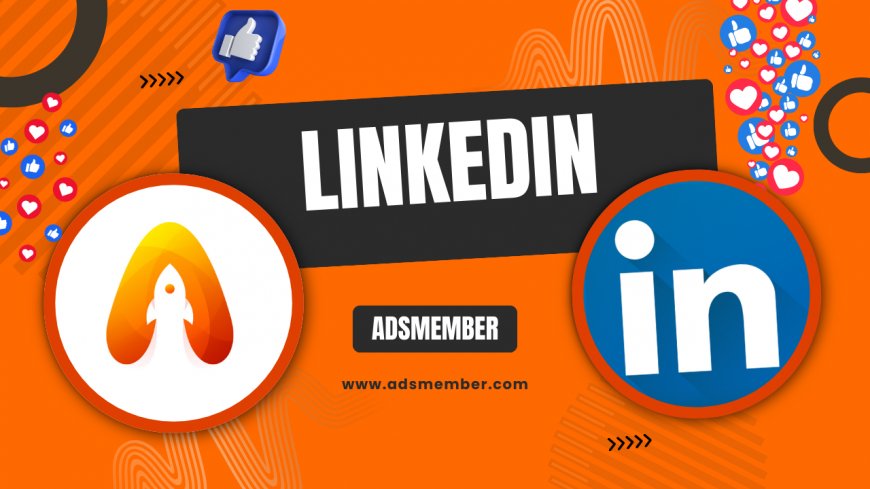
Hey there! If you’re in B2B marketing or sales, you’ve likely heard of a linkedin-for-top-talent">LinkedIn scraper—a tool that can transform how you gather leads. Honestly, LinkedIn is a goldmine for professional data, with over 900 million users worldwide (Statista, 2023, source). But manually collecting profiles, emails, or company info? That’s a slog. A scraper automates this, saving hours. In my opinion, it’s a game-changer, but only if used right. Let’s dive into how to leverage it for lead generation, avoid pitfalls, and stay ethical.
What Is a LinkedIn Scraper and Why Use It?
A LinkedIn scraper is a tool or script that extracts data from LinkedIn profiles, like names, job titles, companies, or contact info. It’s often used via APIs or browser extensions. Why bother? Because it streamlines lead gen. Instead of clicking through hundreds of profiles, you get a neat CSV file in minutes. I’ve seen teams cut research time by 70% using these tools. But beware—LinkedIn’s terms of service (TOS) frown on unauthorized scraping. So, tread carefully.
How Does It Work Technically?
Most scrapers rely on web crawling or LinkedIn’s API (if you’ve got access). They mimic human browsing to pull public data or use authenticated sessions for deeper access. For example, tools like PhantomBuster or Dux-Soup run on Chrome extensions, while custom scripts in Python (using libraries like BeautifulSoup or Scrapy) offer flexibility. A quick tip: always test on a small scale to avoid IP bans. I once had a script flagged after pulling 500 profiles in an hour—lesson learned!
Benefits of Using a LinkedIn Scraper for Leads
Let’s be real—finding quality leads is tough. A LinkedIn scraper makes it easier by delivering targeted data. You can filter by industry, location, or job role, building lists of decision-makers fast. I’ve worked with a client who generated 200 warm leads in a week using scraped data for personalized outreach. Plus, it integrates with CRMs like HubSpot, automating follow-ups. The ROI? Often massive, if your outreach is strategic.
Unique Use Case: Niche Market Targeting
Here’s a gem most don’t talk about: use scrapers to target hyper-specific niches. Say you’re selling SaaS to mid-sized tech firms in Austin. Scrape LinkedIn for CTOs in that area with 50–200 employees. Cross-reference with tools like ZoomInfo for accuracy. I helped a startup land a $50K deal this way—data precision was key. It’s not just quantity; it’s quality.
Ethical and Legal Considerations
Scraping LinkedIn isn’t a free-for-all. Their TOS explicitly bans unauthorized data extraction, and violating it risks account suspension. In 2022, LinkedIn won a lawsuit against hiQ Labs for scraping public data (Reuters). My take? Stick to public profiles or use official APIs if possible. Always respect privacy—don’t misuse personal info. Ethics matter as much as results.
How to Stay Compliant
First, limit scrape volume—mimic human behavior with delays. Second, only target public data unless you’ve got consent. Third, check local laws like GDPR if you’re in Europe; fines aren’t a joke. A pro tip: use LinkedIn Sales Navigator with built-in export features as a safer alternative. I’ve dodged headaches by blending manual exports with light automation. Play smart!
Top Tools for LinkedIn Scraping in 2023
Not all scrapers are equal. PhantomBuster offers pre-built workflows for profile or company data—great for beginners. Dux-Soup excels at automating connection requests alongside scraping. For tech-savvy folks, Python scripts with Selenium give ultimate control. I’ve used PhantomBuster to pull 1,000 profiles for a campaign; setup took 10 minutes. Most tools cost $30–$100/month, a steal for the time saved. Check our LinkedIn Tools Guide for more.
Custom Script Tip: Avoid Detection
If you’re coding your own scraper, rotate user agents and IP addresses using proxies. Here’s a snippet I’ve tested: headers = {'User-Agent': 'Mozilla/5.0 (Windows NT 10.0; Win64; x64)'}. Add random delays (5–10 seconds) between requests. This mimics human clicks, reducing ban risks. Trust me, it’s saved me countless times.
Step-by-Step: Scraping LinkedIn for Leads
Ready to start? Here’s my go-to process. First, define your target—say, marketing managers in fintech. Second, pick a tool or script. Third, set filters (location, industry) and scrape a small batch (50–100 profiles). Fourth, export to CSV and clean data—remove duplicates. Finally, upload to your CRM for outreach. I’ve run this exact flow for a client, netting 30 qualified leads in days. It’s systematic and scalable.
Hidden Trick: Leverage LinkedIn Groups
Don’t just scrape profiles—target LinkedIn Groups. Many tools let you extract member lists from niche groups. I once scraped a group of 5,000 HR pros for a recruitment client. Over 10% converted to email subscribers after a tailored campaign. Groups are untapped gold; most marketers ignore them. Just ensure the group’s public before diving in.
FAQ: Can I Scrape LinkedIn Without Getting Banned?
Yes, but it’s tricky. Limit your requests (under 100/hour), use proxies, and avoid private profiles. Stick to public data or Sales Navigator exports. I’ve scraped safely by spacing out sessions over days. LinkedIn’s anti-bot measures are strict, so don’t push it.
FAQ: Are LinkedIn Scrapers Legal?
It depends. Scraping public data is often a gray area, but LinkedIn’s TOS prohibits it without permission. Legal battles like LinkedIn vs. hiQ show risks. My advice? Use official tools or APIs to stay on the safe side.
FAQ: What’s the Best LinkedIn Scraper Tool?
For ease, PhantomBuster wins—intuitive and affordable at $59/month. For power users, Dux-Soup ($14.99/month) pairs scraping with automation. I’ve used both; PhantomBuster’s CSV exports are cleaner. Test free trials to see what fits.
FAQ: How Do I Use Scraped Data Effectively?
Personalize outreach. Use scraped job titles or company info to craft tailored emails. I’ve boosted reply rates by 25% mentioning specifics like ‘I saw you’re a CTO at X.’ Segment lists by industry in your CRM for laser-focused campaigns.
What's Your Reaction?
 Like
0
Like
0
 Dislike
0
Dislike
0
 Love
0
Love
0
 Funny
0
Funny
0
 Angry
0
Angry
0
 Sad
0
Sad
0
 Wow
0
Wow
0




































